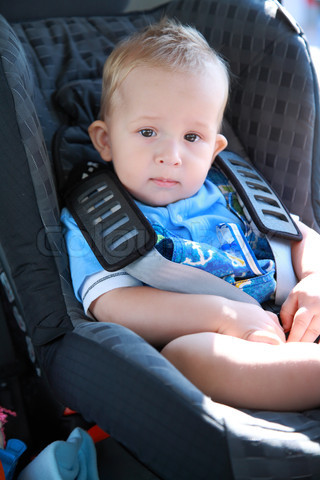Car seat safety is important to maintain children safe while on the road. However, the proper usage of safety features can be hard as children grow. As children grow, so does the safety features change based on their size, age, and weight. Check these common mistakes about car seat safety and how to avoid them.
Reclining Children in Wrong Angles
Rear facing car seats should be reclined based on the manufacturers’ manual to prevent children’s heads from moving forward. To prevent this, most car seats come with adjusters or angle indicators. You may also position tightly rolled towels under car seats front border to get the proper angle.
To avoid slouching, use tightly rolled baby blankets placed next to newborns. No additional products should be used unless provided by the car manufacturer or seat.

For further assistance with installing car seats look for local car seat inspection events or clinics.
Buckling Children Incorrectly
It can be hard to properly buckle up children to car seats the first time. Read all car seat instructions and manufacturer manuals before installing any car seats. Be certain that car seats are secured, enabling less than one-inch movement on any direction, if held from the bottom.
Follow these tips for rear-facing convertible or infant-only seats:
- Place the car seat handle based on manufacturer’s manual.
- Position the chest clip or harness on par with children’s armpits, not the neck or abdomen. Check for harnesses and straps to rest flat against children’s chests and on top of their hips without any slack.
- Get harness slots as mentioned in the car sear manufacturer manual.
Using Forward-Facing Car Seats Too Early
Avoid placing children’s car seats facing forward simply to look at them via the review mirror. As such, children under the age of two should ride facing the rear based on the car seat manual. Once a child reaches the age of two, face forward seats may be used. Here are some tips when switching to a forward facing seat:
- Place the car seat inside the car based on the manufacturer’s recommendations. A children tether, lower anchor, or seat belt should be used.
- Position the harness straps above children’s shoulders.
- Use a tether strap, which hooks at the seat’s top for added stability.
Putting Car Seats in Wrong Positions
The back seats of cars are the safest location for children’s car seats to avoid air bags. If a car seat must be placed in a front seat, deactivate air bags to prevent deployment during an accident, which can cause serious injury to children’s head. In addition, car seats placed in the back of the car should be positioned in the middle, if possible.
Switching to Cars’ Safety Belts Too Early
Adult seat belts can be used safely by most kids in the range of eight to twelve years of age. Follow these guidelines to know if your kid is ready:
- Children that reach at least 4 feet and 9 inches in height.
- Shoulder bet lies in the center of children’s chest and shoulder instead of in the face or neck.
- Children shouldn’t tuck shoulder belts under their arms or behind their backs. Back seats are the safest locations for children.
Knowing how to properly use car seats is of great importance to safeguard your child while riding in vehicles. For further information about child car safety check the National Highway Traffic Safety Administration website. If you need assistance with car seat installation, check local inspection events or car seat clinics.
This article is provided courtesy of www.CheapCarInsuranceExperts.com, a consumer website that helps people find affordable auto insurance quotes online and provides news and tips on general car topics.

